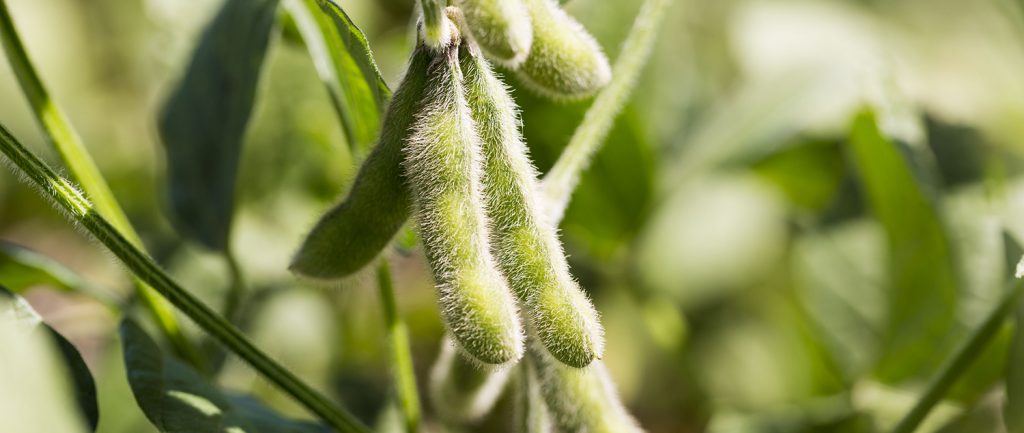The numbers don’t lie: Agriculture is a huge economic generator in Minnesota.
AgriGrowth and more than two dozen leading Minnesota agricultural stakeholder groups, including the Minnesota Soybean Research & Promotion Council, released the 2020 Economic Contribution Study of Minnesota Agriculture and Forestry. This comprehensive new report demonstrates the significant contribution agriculture has toward Minnesota’s economy, from adding $37.1 billion in value to the state’s economy to creating more than 388,000 jobs. About one in 10 Minnesota jobs are agriculture-related.
“Agriculture plays such a vital role in Minnesota’s economy,” said MSR&PC CEO Tom Slunecka. “While we in the industry are aware of the importance, this study really hits home just how impactful agriculture is in providing jobs and economic benefits to the state.”
The study was conducted by Decision Innovation Solutions to show the overall economic contribution of agriculture to Minnesota’s economy with further breakdowns by county and industry. Key highlights from the study found that agriculture and related industries in Minnesota are estimated to contribute:
- $37.1 billion in total value added
- 388,134 jobs
- $105.6 billion in output (sales)
- $21.4 billion in household income
“Agri-food and forestry are an integral part of Minnesota’s economy, and we’ve seen that demonstrated even more this year as our industry innovated, collaborated and overcame numerous challenges to ensure that Minnesotans get the food, fuel and fiber they need to keep our economy moving and families fed,” said Tamara Nelsen, executive director of AgriGrowth. “Altogether, this study paints a complete and detailed picture of what agriculture means to our state.”
“We were thrilled to be a part of and support the completion of this important study,” said Minnesota Department of Agriculture Commissioner Thom Petersen. “And while it confirms what we knew, that agriculture is a critically important to the state’s economy, it also shows the tremendous diversity of Minnesota agriculture — something that bodes well for the long-term health of our industry and state.”
DIS analysis also indicated that 99 percent of Minnesota farms are considered family farms, and that metro counties Hennepin, Ramsey and Dakota were the top three counties respectively with the greatest value-added contributions from agriculture, forestry, and related industries.
“Agriculture is significant to Minnesota as a whole and also seen in fields and businesses in every locality throughout the state,” said Lucas Sjostrom, Executive Director of Midwest Dairy. “We shouldn’t forget the benefits of having our food grown here helps connect eaters to the processes required to grow it, and respect for the people and jobs in the entire supply chain making it happen.”
“Minnesota producers and value-added agribusiness have driven food and ag innovations forward for decades, and it’s great to see this current compilation of economic contributions that the industry provides,” said Shannon Schlecht, executive director of the Agricultural Utilization Research Institute. “Value-added agriculture produces benefits in multiple manners, including new commodity utilization and sales, capital investment, and jobs across the state.”
The study includes data and breakdowns by county, industry and more. You can read the full 2020 Economic Contribution Study of Minnesota Agriculture and Forestry here.







